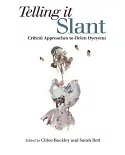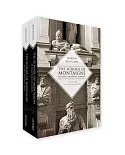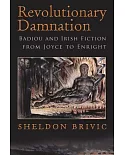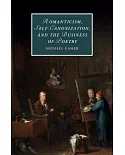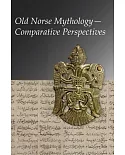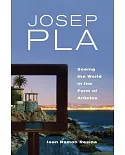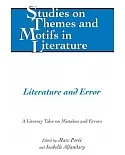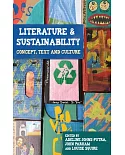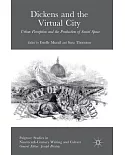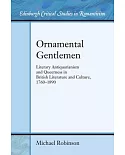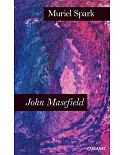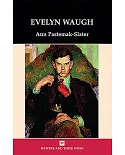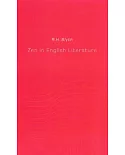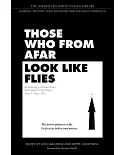This study places the last three novels of Victor Hugo's maturity - Les Travailleurs de la mer (1866), L'Homme qui rit (1869), and Quatrevingt-Treize (1874) - within
the context of his artistic development after the success of Les Miserables (1862). By situating these historical narratives in relation to each other, to all of Hugo's previous
fiction, and to a number of poetic and critical works published in exile and in the initial years of the Third Republic, it illuminates the final structural and thematic shifts from a poetics
of harmony to one of transcendence. As in Les Miserables, the disharmony associated with social tumult, apocalyptic vision, and oxymoronic tensions provides an essential component of
the later Hugo's Romantic sublime. Instead of merely capitalizing on the runaway success of Les Miserables by recycling its prominent features, however, each novel makes an original
contribution to the political and aesthetic trajectory inscribed by the entire oeuvre. Each testifies as well to the wizardry of Hugo's own 'special effects' that contribute to his
story-telling genius. Such effects, especially the dizzying spatial optics and manipulation of temporal dimensions, function not as mere playful gimmicks or novelistic flourishes but as
strategies for figuring and communicating the ideal, both political and artistic. The unique interplay of poetic and historical discourse in each text reconfigures our disordered experience of
the world into something far more coherent a construction of meaning that strives to change perceptions and to promote social action.


